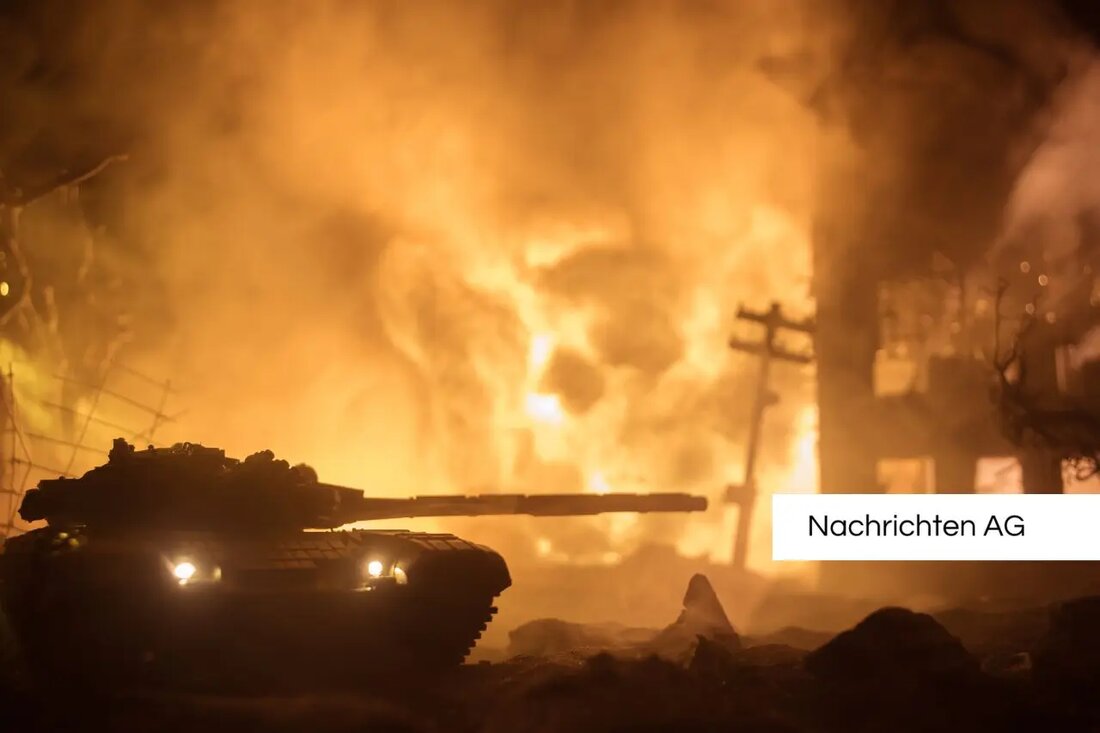Choreographer Helge Letonja inspires with a new piece in the Palatinate Theater!
Choreographer Helge Letonja inspires with a new piece in the Palatinate Theater!
On January 28, 2025, the time has finally come: Choreographer Helge Letonja brings his new choreography "The Pulse of the Stone" at the Pfalztheater in Kaiserslautern to the premiere. This innovative dance piece is part of a double evening, which also includes the dances for "Préludes" by Frédéric Chopin. The dances are a creative staging of the Chopin compositions and reflect the emotional depth of this music.
The dance theater evening consists of two parts, with the "Préludes" starting. Konstanze Führlbeck, who conducted interviews with Helge Letonja and dance director Luisa Sancho-Escanero, describes the first performances as a variety of solos, duets and ensemble scenes. Here, melancholic thought, dense breathing and stormy-diving cascades are brought to life.
overarching topics and creative influences
The second part, "The Pulse of the Stone", addresses the human desire for a connection to nature and fellow human beings. A central element of the piece forms the ritual, with the stone serving as a physical center of the actions. Helge Letonja attaches great importance to the dance and body and obtains inspiration from various dance styles, especially through working with dancers in the global south.
With his transcultural approach and the continuous further development of his dance vocabulary, which is based on curiosity and somatic movement research, Letonja achieves that the dance is resonance in the audience. Due to its innovative approach, the emotional connection between the dancers and the spectators is noticeable.
The context of the dance theater
The term "dance theater" has a long history and was created in Germany as a further development of the expression dance. In the Weimar Republic and in Vienna of the 1920s, this genre, shaped by outstanding personalities such as Mary Wigman and Kurt Jooss. In the 1980s, the works of numerous German choreographers who were inspired by these roots received new attention.
Despite dark times, such as the decline in artistic vitality in the Third Reich, the dance theater flourished again after the war. The focus shifted towards social expression and dealing with social issues. This development has left traces and also finds its expression in Letonja's work.
The premiere of "The Pulse of the Stone" not only promises an experience for the senses, but also a profound reflection on human existence and the connections that we build on our environment and one another. The Palatinate Theater invites you to go on this special journey of dance and emotions, which impresses in both technical and artistic terms.
For interested parties from the age of 12, the piece is included in the youth subscription, which further facilitates access to this innovative form of the dance theater and serves to promote the young audience.
| Details | |
|---|---|
| Quellen | |


Kommentare (0)